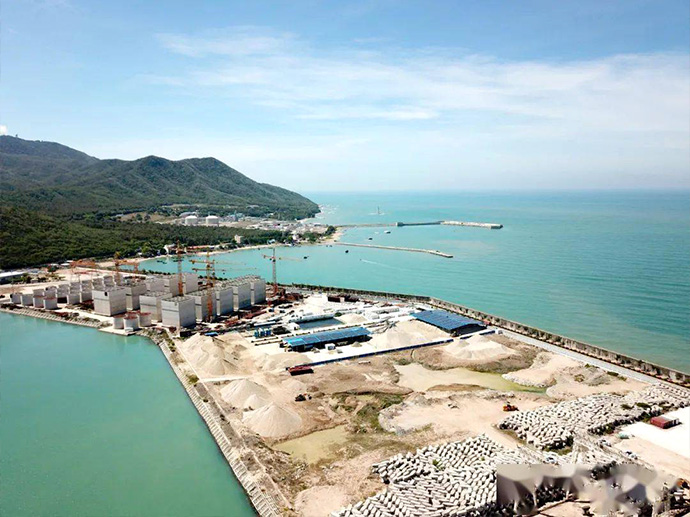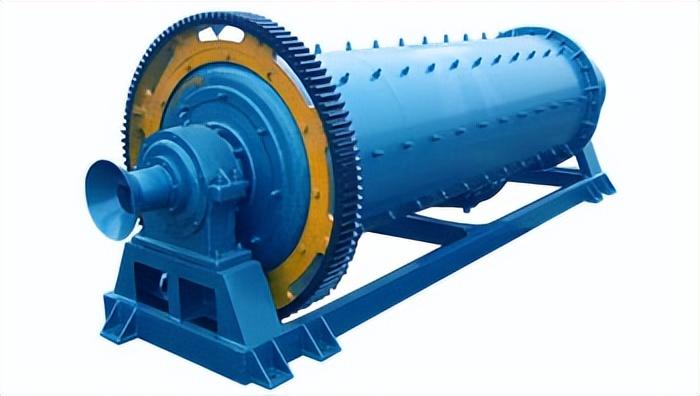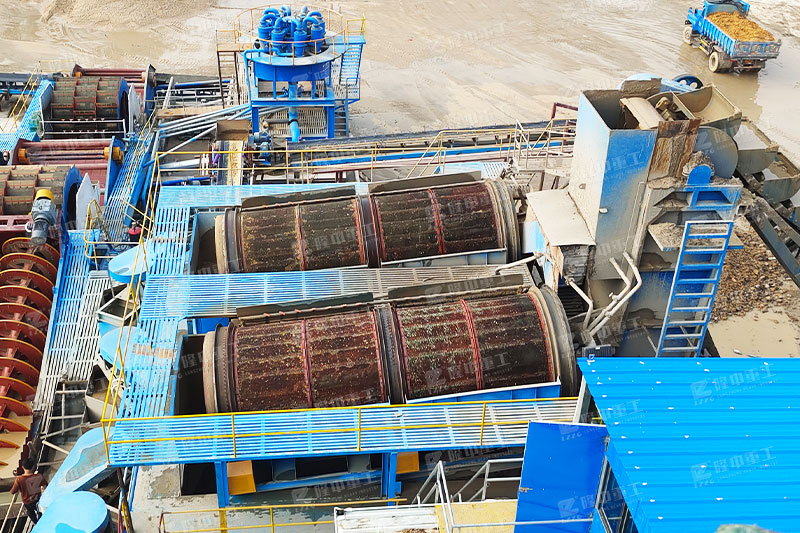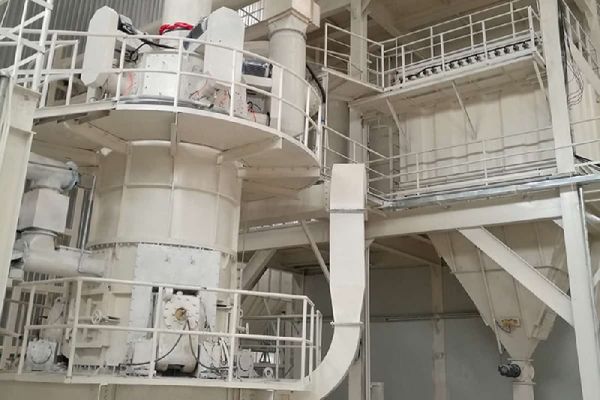River and Lake Desilting: Ecological and Resource-Based Utilization
 October.13,2025
October.13,2025

Lake bottom desilting projects significantly reduce endogenous pollution while creating favorable conditions for the recovery of aquatic ecosystems. Lake bottom silt must be removed every five to ten years, with desilting locations determined through underwater ultrasonic sounding.
Lake bottom silt is typically about 0.8 meters thick and consists of three layers: a surface layer of floating silt, an intermediate transition layer, and a bottom layer. Pollutants are primarily concentrated in the surface layer, so desilting primarily focuses on removing the surface layer. Excessive desilting (removing the transition layer and bottom layer) can harm aquatic ecosystems. Therefore, only the surface layer of floating silt is typically treated.
Uses of Silt
Previously, large-scale desilting was carried out by naturally solidifying and stacking, which occupied a large area, caused prolonged odor, and was economically inefficient. Unlike previous desilting projects, this time, large quantities of silt are transported through sealed pipelines to a solidification base for drying. After drying, they can be used as road fill, landscaping soil, and green building materials, effectively turning waste into valuable resources.
After more than a decade of exploration, the Oriental Ecological Dredging Technology team has initially developed an ecological recycling pathway for silt disposal. Silt can be broadly categorized into three uses, depending on its composition and properties: Fertile floating silt can be used as backfill for landscaping and vegetable gardens; harder silt can be used as soil for remediation of abandoned fish ponds and mine pits; and slightly harder silt can be processed into ecological building materials.




